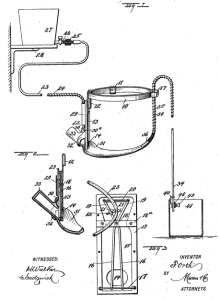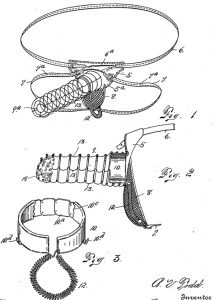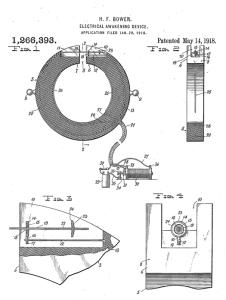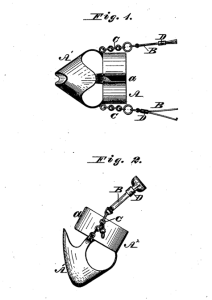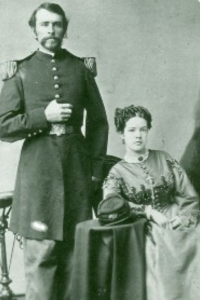
Pope Alexander VI (ruled 1492-1503) was one of the worst-behaved pontiffs in the long history of the Catholic Church.
Alexander was born Rodgrio Borgia in 1431, a member of the powerful Valencian clan that dominated Italian politics during the Renaissance. When his uncle Alfons became Pope Callixtus III in 1455, Borgia entered the church and became a cardinal, despite having a law degree and no clerical or theological training.
Borgia continued to benefit from a string of nepotistic appointments handed down by his powerful uncle. Borgia himself continued this favouritism after he bribed his way to the papacy in 1492 – one of his first moves was to make his 17-year-old son, Cesare, an archbishop.
Alexander VI also had a reputation for sexual excess: he had several mistresses and fathered at least a dozen children, including the notorious Lucretia Borgia. After taking up residence in the Vatican, the new pope – by now in his early 60s and overweight – celebrated by taking a teenaged lover, the noted beauty Giulia Farnese.
“On the last day of October, [the pope’s son] Cesare Borgia arranged a banquet in his chambers in the Vatican with 50 honest prostitutes, who danced after the dinner with those present, at first in their garments, then naked. After dinner, the candelabra were taken from the tables and placed on the floor and chestnuts were strewn around, which the naked prostitutes picked up, creeping on hands and knees between the chandeliers, while the Pope, Cesare and [the pope’s daughter] Lucretia Borgia looked on. Finally prizes were announced for those who could perform the act [of sexual intercourse] most often with the courtesans, such as tunics of silk, shoes, barrets and other things.”
Just a few days later, the pope and his daughter Lucretia entertained themselves by watching papal stallions mate with a farmer’s mares:
“On Monday the 11th of November, a peasant leading two mares laden with wood entered the city. When they arrived in the place of St. Peter the Pope’s men ran towards them, cut the saddle bands and ropes, threw down the wood and led the mares to a small place inside the palace… There four stallions, freed from reins and bridles, were sent from the palace. They ran after the mares and with a great struggle and noise, fighting with tooth and hoof, jumped upon the mares and mated with them, tearing and hurting them severely. The Pope stood together with Lucretia under a window… both looked down at what was going on there with loud laughter and much pleasure.”
Source: Chronicles of Johann Burchard, Ceremoniere to Pope Alexander VI, 1501. Content on this page is © Alpha History 2019-23. Content may not be republished without our express permission. For more information please refer to our Terms of Use or contact Alpha History.

